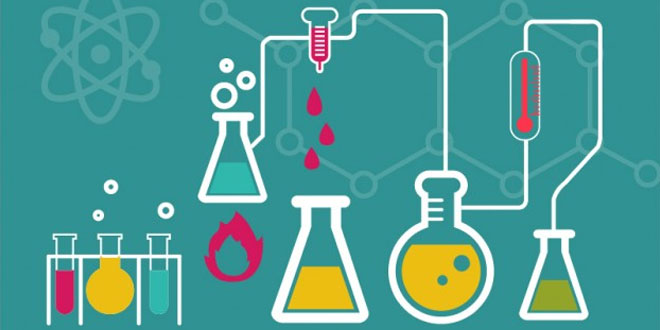Question: What is a chemical symbol? What are the features of the modern method of representing elements?
Answer: The representation of an element using the short form or abbreviation is known as chemical symbol. Features of the modern method are as follows:
- For some elements, the first letter of their names is used as the symbol, which is written in capital letter. For example, C for Carbon, O for Oxygen and N for Nitrogen.
- If two or more elements have their English names starting with the same letter, then a two-letter symbol is used. For example, C for Carbon, Ca for Calcium, Cl for Chlorine and Co for Cobalt.
- For some elements, the symbols are derived from their Latin names. For example, the Latin name of gold is aurum and its symbol is Au.
Question: Ripening of a fruit is a chemical change why?
Answer: Ripening of fruit is a chemical change because after ripening, a new product with different properties is formed.
Question: What kind of change is rusting?
Answer: Chemical change.
Question: What is the colour of copper sulphate solution?
Answer: Blue colour.
Question: What are the essential conditions for rusting?
Answer: The essential conditions for rusting are – Presence of moisture and air.
Question: What is the final colour of the solution when iron nails are dipped in the copper sulphate solution?
Answer: Green colour.
Question: What kind of change takes place when iron reacts with copper sulphate?
Answer: Chemical change.
Question: Name the gas released when baking soda is mixed with vinegar.
Answer: Carbon dioxide.
Question: What is galvanisation?
Answer: The process of depositing a layer of zinc on iron is called galvanisation.
Question: What do you understand by crystallisation?
Answer: The process of getting crystals of pure substances from their solutions is called crystallisation.
Question: Name the two metals involved in galvanisation.
Answer: Zinc and iron.
Question: What kind of change is glowing of a electric bulb?
Answer: The glowing of electric bulb is a physical change.
 Class Notes NCERT Solutions for CBSE Students
Class Notes NCERT Solutions for CBSE Students



I like this site. It is very good.